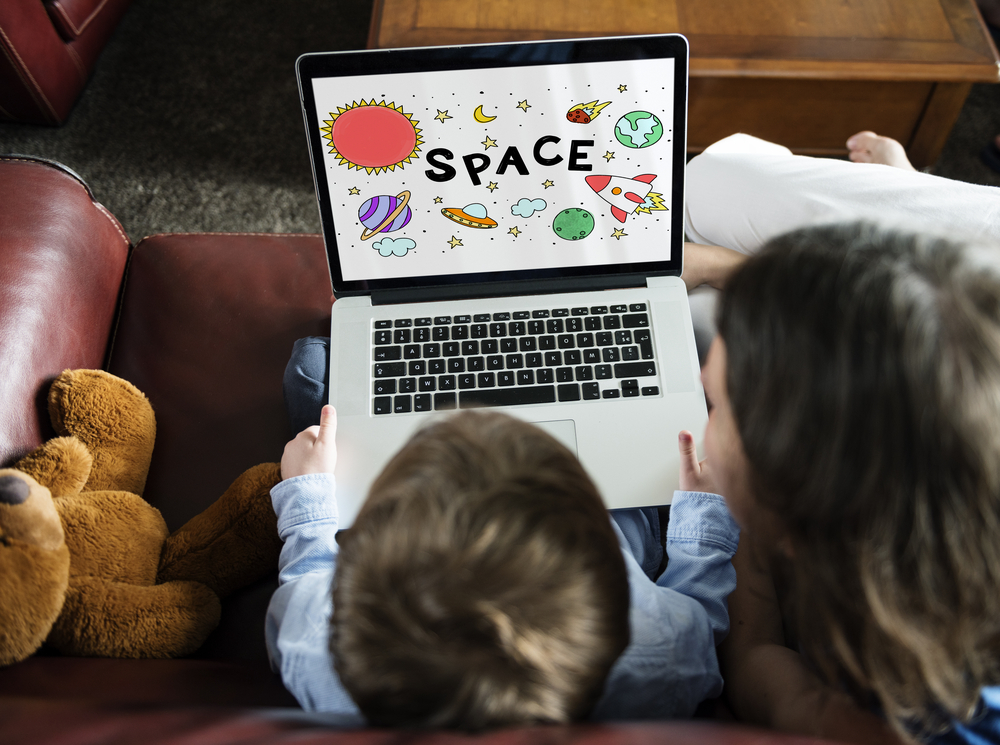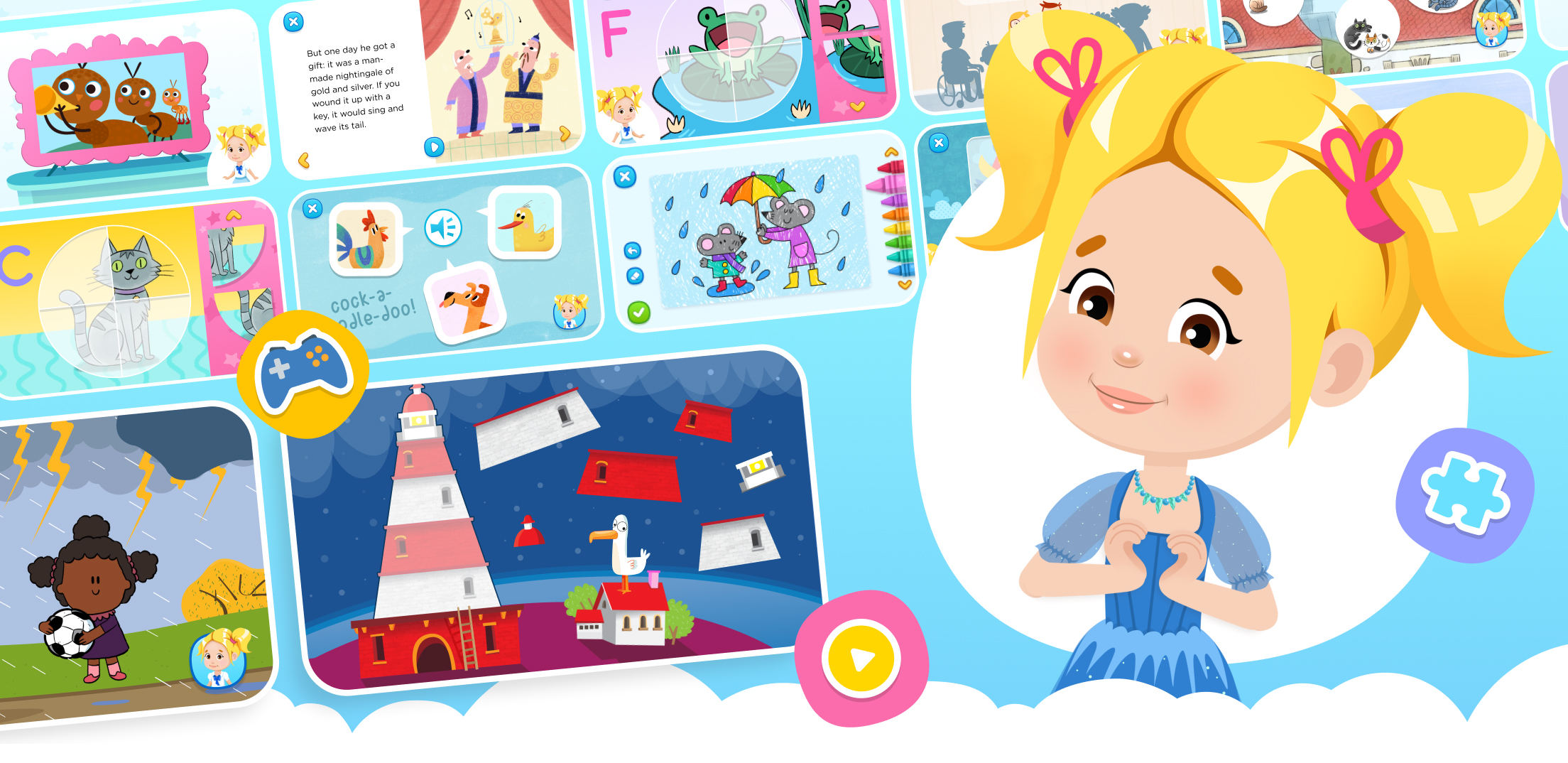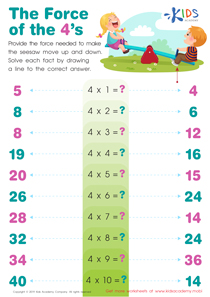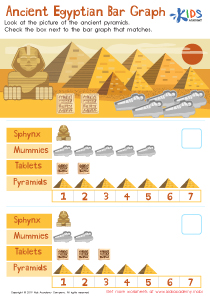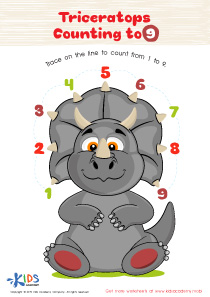Number Recognition Easy Matching Worksheets for Ages 6-7
4 filtered results
-
From - To
Discover our engaging "Number Recognition Easy Matching Worksheets" designed specifically for children aged 6-7. These worksheets help young learners enhance their number identification skills through fun and interactive activities. Kids will enjoy matching numbers with corresponding objects, promoting visual recognition and understanding of quantity. Our colorful and inviting layouts are designed to capture their interest, making learning an enjoyable experience. Perfect for use at home or in the classroom, these worksheets align with educational standards and are simple to incorporate into any math curriculum. Foster a solid foundation in number recognition and build essential math skills with our engaging resources!
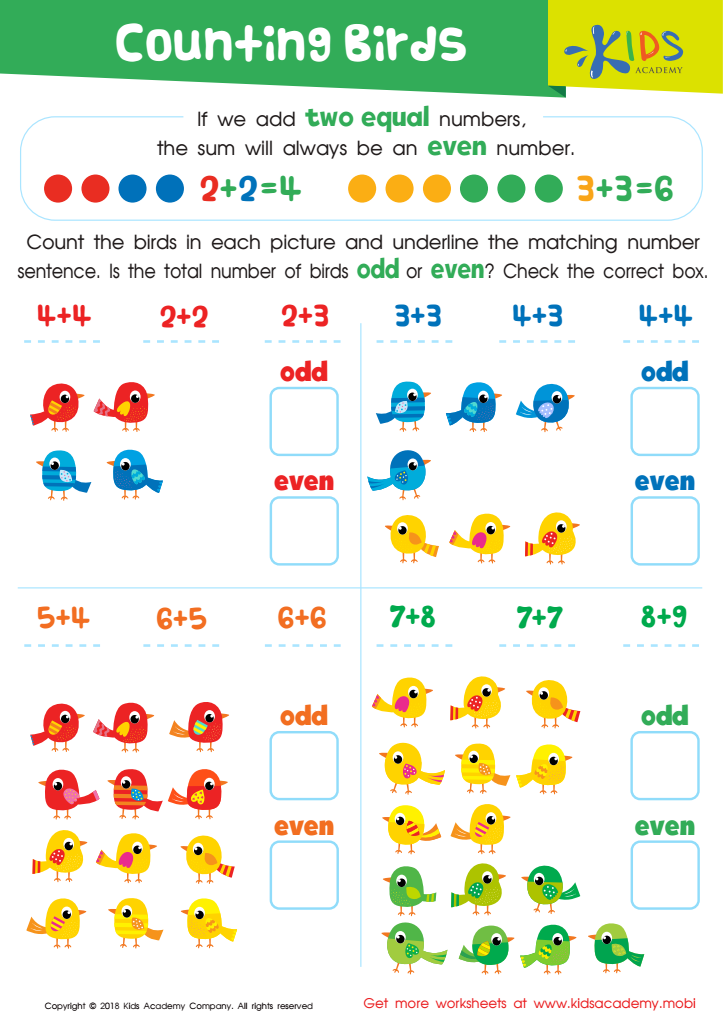

Counting Birds Worksheet


Fruity Array Quest Worksheet


Colorful Arrays Bingo Worksheet
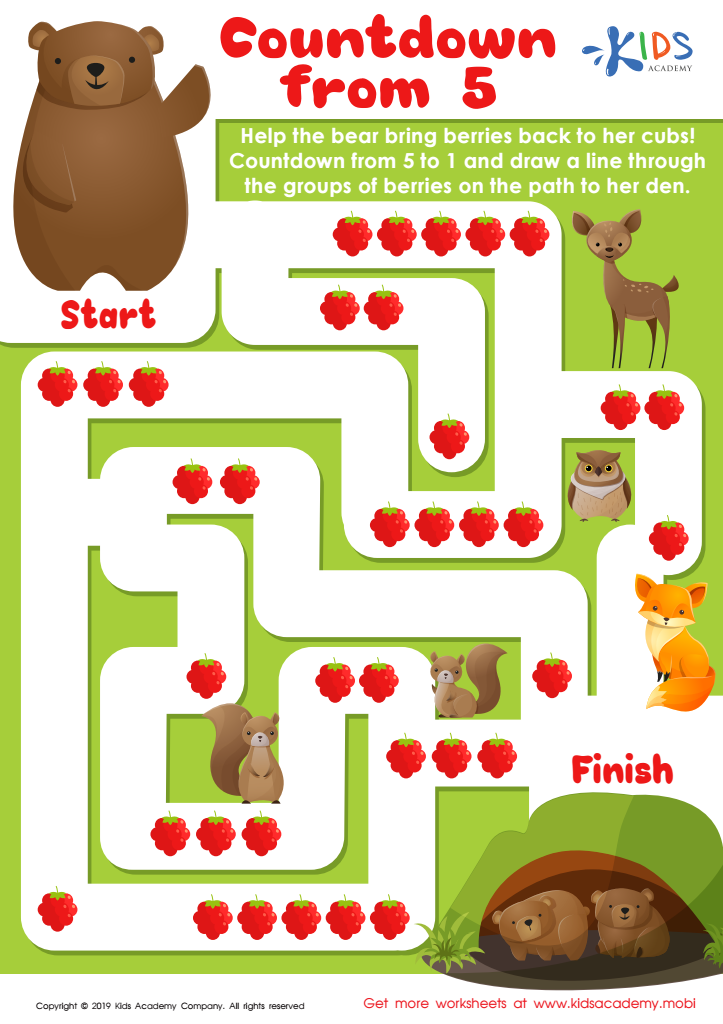

Countdown from 5 Worksheet
Number recognition and easy matching are fundamental skills for children aged 6-7, serving as the building blocks for math literacy and critical thinking. At this developmental stage, children are beginning to understand numerical concepts and relationships, which are crucial for success in higher-level mathematics. When parents and teachers focus on fostering these skills, they are not just teaching kids to recognize numbers, but also helping them develop confidence in their mathematical abilities.
Additionally, number recognition and matching activities can enhance cognitive skills such as pattern recognition, memory, and problem-solving. These activities are often presented through engaging games and interactive exercises, making learning enjoyable for children. As they master these skills, children become more adept in classroom settings, which can lead to improved academic performance overall.
Moreover, supporting children in these early years helps establish a positive attitude towards math, which can mitigate math anxiety later in life. By incorporating number recognition and easy matching into daily activities, parents and teachers provide a strong foundation that supports a child’s future learning journey, fostering a lifelong appreciation for numeracy and critical reasoning. Thus, prioritizing these skills should be a collaborative effort between parents and educators alike.
 Assign to My Students
Assign to My Students



